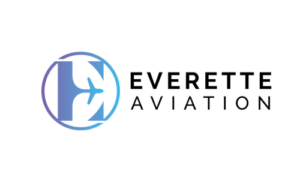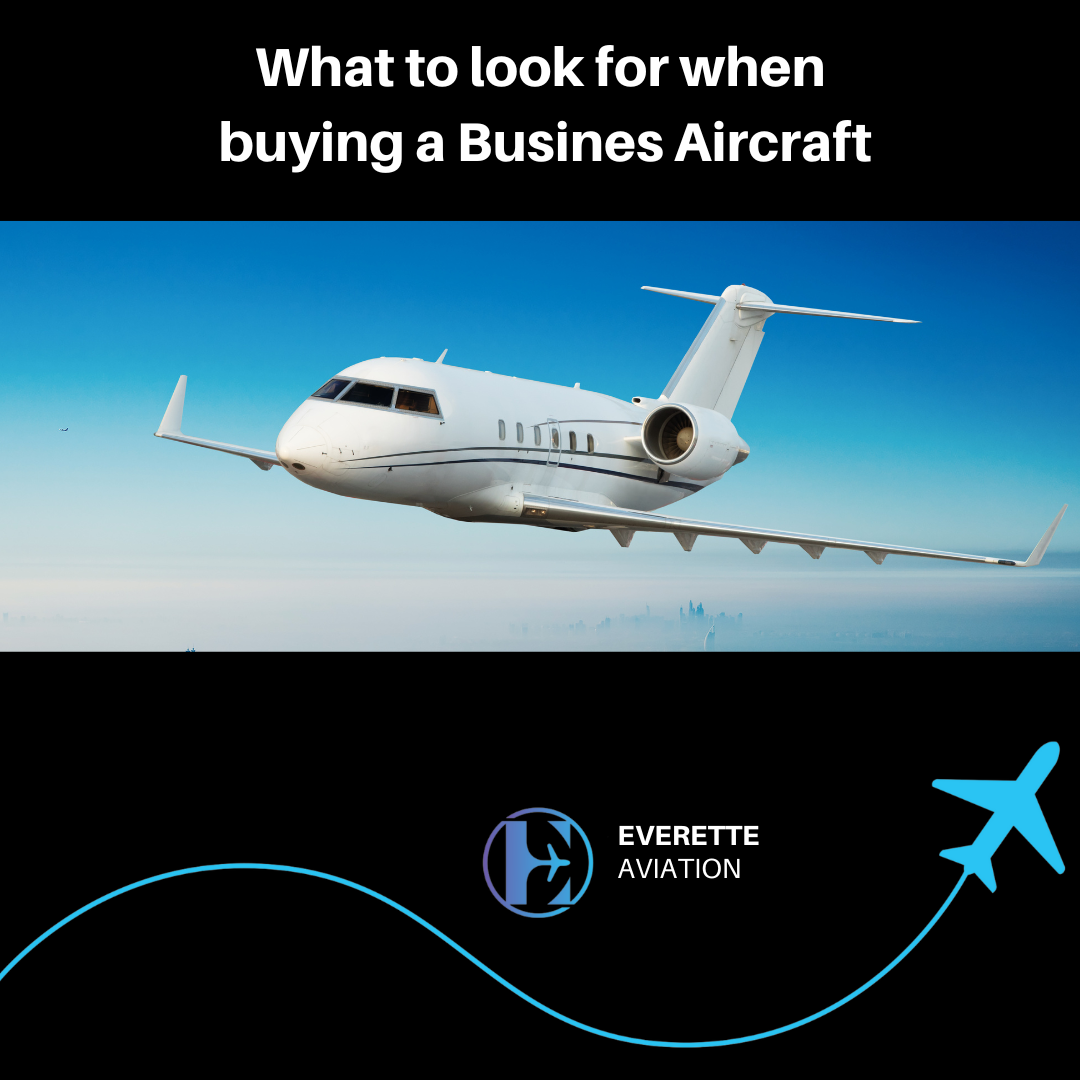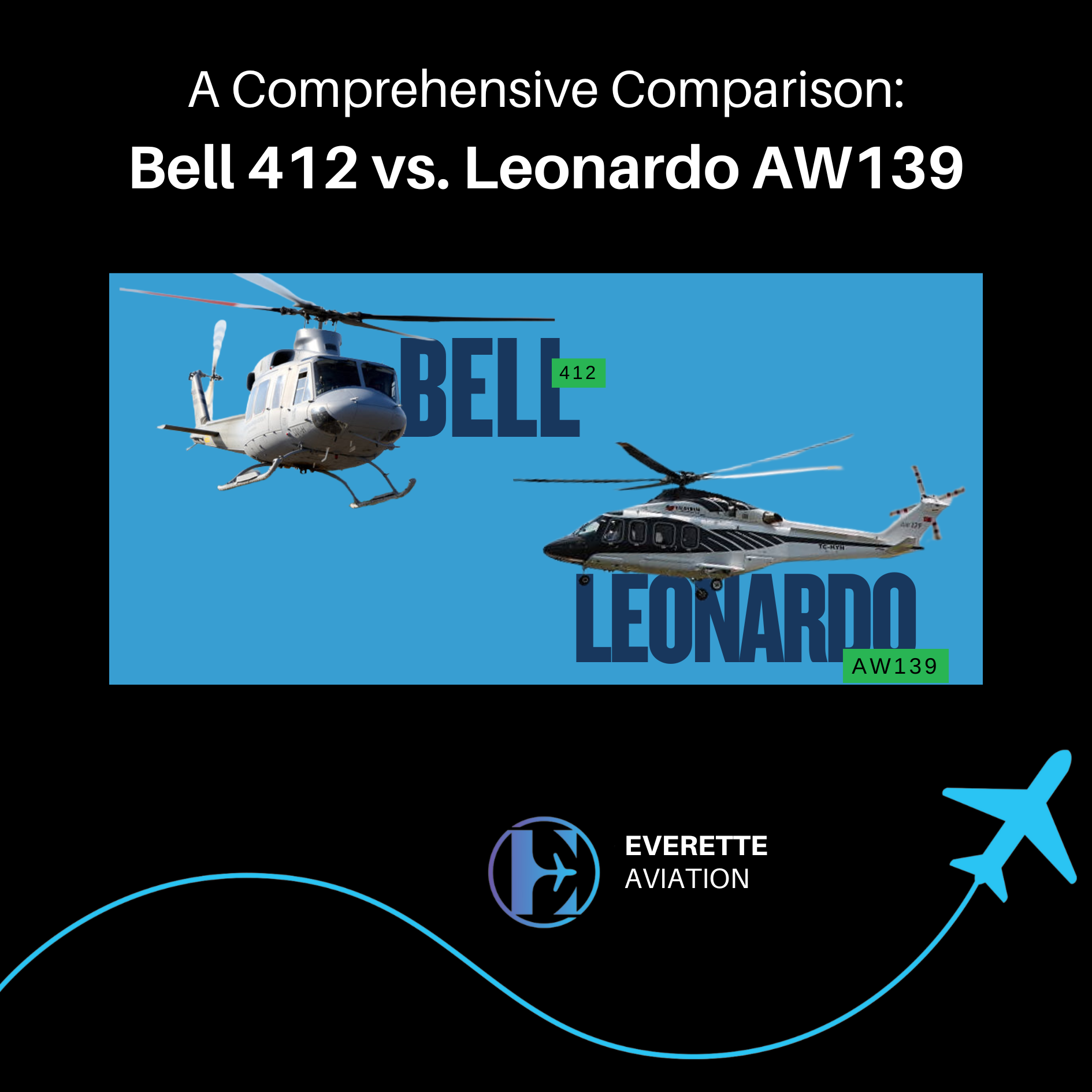Buying a business aircraft is a significant investment, and there are several important factors to consider to ensure you make the right choice.
Ensure the aircraft has the range to cover your typical routes without refueling. If you frequently travel long distances, you may need an aircraft with intercontinental range, such as a large jet. Determine how many people typically travel with you. Business jets come in various sizes, from light jets that seat 4-8 passengers to larger jets that can seat 12 or more. Consider how often you’ll fly. For frequent short-haul trips, a light jet or turboprop may be sufficient, while long-haul international travel may demand a heavy jet.
Aircraft vary widely in fuel consumption, and fuel is a major ongoing cost. Ensure the aircraft meets your efficiency requirements. Older or rare aircraft models may require more expensive and frequent maintenance. Newer aircraft or those with common parts tend to have lower maintenance costs. Consider the cost of hiring and training pilots, as well as the potential need for cabin crew. Aircraft insurance premiums and taxes vary significantly depending on the aircraft type, where it’s registered, and how it’s used.
Be clear on your total budget for the purchase and any required modifications or upgrades. New aircraft come with the latest technology and full warranties, but pre-owned aircraft may offer better value. However, pre-owned planes might require more maintenance and updates. Business jets tend to depreciate, though some models hold their value better than others. Consider the long-term resale value of the aircraft.
Ensure the aircraft has up-to-date avionics for navigation, safety, and compliance with international aviation regulations. Business travelers often need reliable in-flight Wi-Fi for meetings, work, or entertainment. Check the onboard connectivity options. Consider how easily the aircraft can be upgraded to incorporate new technologies. Pay attention to the cabin layout, seating options, and how they fit your needs (e.g., workspaces, sleeping quarters, or entertainment). Noise-canceling technology and overall sound levels in the cabin impact passenger comfort, especially on long flights. Evaluate the size and headroom of the cabin, especially if you’ll be working or resting during flights.
Business jets vary in speed, which impacts how quickly you can reach your destination. Faster jets save time but may consume more fuel. Consider the runway length requirements at the airports you frequently use. Some jets require longer runways, limiting your airport options. Assess the aircraft’s ability to handle both short and long trips, as well as its ability to carry full payloads (passengers and luggage) over its maximum range.
Ensure the aircraft meets noise restrictions for the airports you’ll be using, as some airports have strict noise ordinances. Regulatory requirements for carbon emissions are evolving. Look for aircraft that are compliant or easy to upgrade for future regulations. If you’re planning to fly internationally, ensure the aircraft meets global standards (e.g., ADS-B compliance, NextGen requirements).
Research the reliability of the aircraft model and manufacturer. Certain brands like Gulfstream, Bombardier, Dassault, and Cessna have strong reputations for reliability. Consider the manufacturer’s customer support network, including availability of parts and service centers worldwide. Study the aircraft’s resale value trends. Some models depreciate faster than others, and future demand for certain types may affect resale price. Ensure the aircraft can be easily resold when the time comes, as not all aircraft have strong secondary markets.
Consult with tax professionals to understand how buying an aircraft might impact your taxes, including potential deductions for business use. Review legal requirements for ownership and registration, especially if you plan to register the aircraft in a different country. Hire an independent aviation expert to conduct a thorough inspection of the aircraft. This includes a review of maintenance records, any past damage or repairs, and overall airworthiness. Ensure that the aircraft has complete and accurate maintenance logs, which are critical for ongoing compliance and resale.
Consider fractional ownership or jet card programs if you don’t plan to use the aircraft frequently. Fractional ownership allows you to purchase a share of an aircraft, reducing costs while still offering flexibility. Leasing may be an attractive option if you prefer not to own the aircraft outright, as it can reduce upfront costs.
By considering these factors carefully, you can find the right aircraft to meet your business needs while balancing performance, comfort, and long-term value. If you do decide to buy a jet it is in your best interest to get the aircraft appraised once you have found one you are very interested in and intend to make an offer on even if the seller has already had an appraisal performed.
Subscribe To Receive The Latest News
Curabitur ac leo nunc. Vestibulum et mauris vel ante finibus maximus.
Add notice about your Privacy Policy here.






Related Posts



